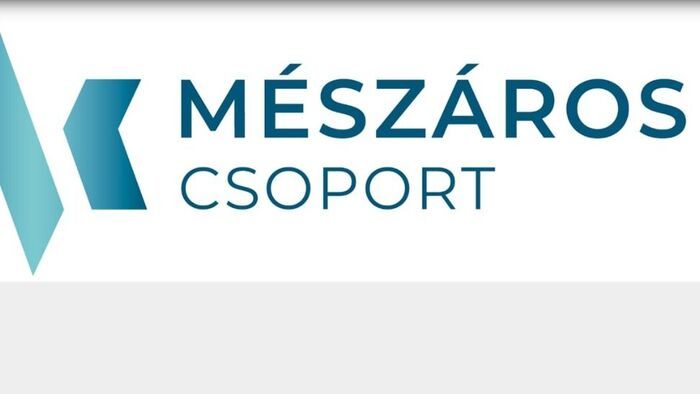The Tisza Party may be preparing for the largest austerity package in history, pulling half a million forints out of every Hungarian’s pocket.
Altogether this could reach 6,000 billion forints, more than 6 percent of GDP, if Peter Magyar's Tisza Party wins next year's elections,
Mandiner reported. The portal’s summary shows that although the Tisza Party chief denies planning major tax hikes, a recently leaked document — stating that 22 and 33 percent personal income tax rates would apply from incomes starting at 416,000 forints — makes it clear that
alongside reintroducing a multi-tier tax system, tax reliefs would also be reviewed and eliminated.
The outlet recalled that Peter Magyar denies the leaked draft is the party’s real plan, insisting instead they would form a “government of tax cuts.” According to this version, the unchanged 15 percent income tax would be reduced through tax credits. For minimum-wage earners, the deduction would be 20,000 forints less than it is today. He promised that tax credits would be granted up to a gross income of 625,000 forints, on a sliding scale, meaning that those earning over 500,000 forints would see their deductions reduced by only 5–10,000 forints per month.
A Mandiner viszont felhívja a figyelmet arra, hogy, a látszólag Mandiner warns, however, that the apparently
smaller deductions do not come close to the hundreds of thousands of forints in lost net income that families with several children would face under higher tax rates and the elimination of tax benefits.
Peter Magyar announced that the lower income tax rate would be 9 percent up to the level of the minimum wage, increasing the net income of low earners by 20,000 forints per month. However, the tax credit scheme, familiar from the Gyurcsany–Bajnai governments, is not a genuine tax cut. What is more, left-leaning experts frequently appearing around the so-called Tisza Islands, as well as many Tisza Party supporters, favor a multi-rate tax system.
It is no coincidence that Peter Magyar and his party are considering a multi-rate system, Mandiner wrote, since
their supporters and experts see progressive taxation as fundamental, and the left wing believes that this is the only socially just form of taxation.
Brussels also recommends tax reform. In fact, the EU’s recommendations to Hungary — theoretically not mandatory, but strongly expected — strikingly resemble Peter Magyar’s promises and earlier left-wing election programs. Moreover, public documents from the European Commission and Council, together with the loyalty of the Tisza Party’s MEPs to EU institutions and the European People’s Party, all suggest that
Peter Magyar’s party would fulfill Brussels’ expectations if they win in 2026.
These recommendations, which the EU regularly uses to hold the Hungarian government accountable, can easily be quantified:
the austerity measures would cost every Hungarian household 1.5 million forints annually.
Due to the family tax relief system, families with several children and younger people would be hit the hardest, but those not currently entitled to tax benefits would not be better off either.






















Szóljon hozzá!
Jelenleg csak a hozzászólások egy kis részét látja. Hozzászóláshoz és a további kommentek megtekintéséhez lépjen be, vagy regisztráljon!